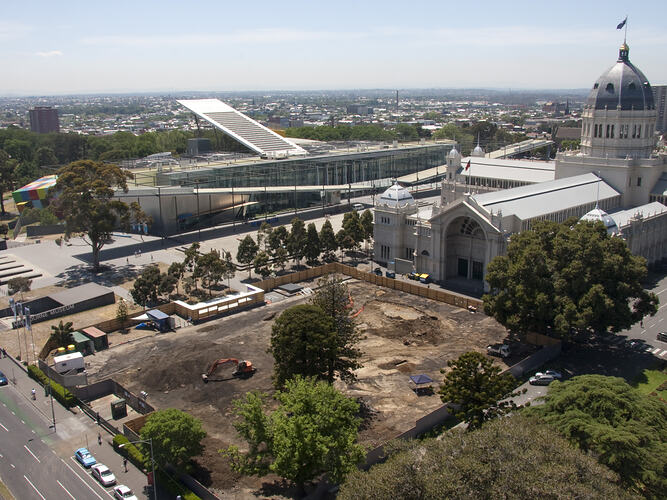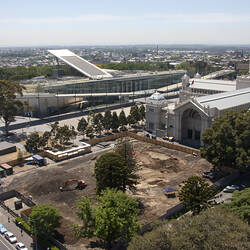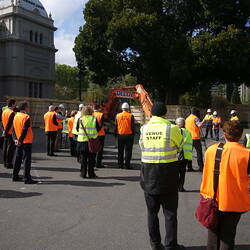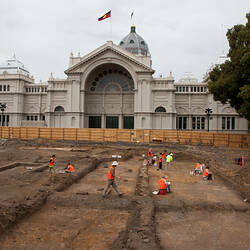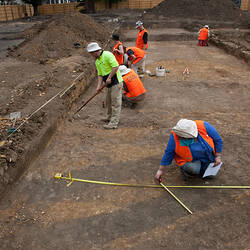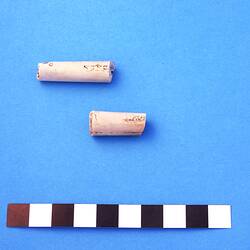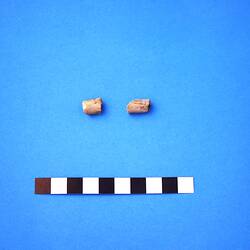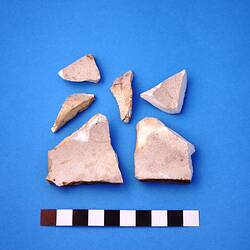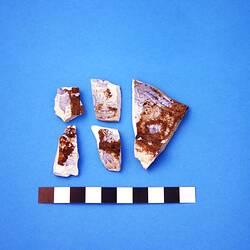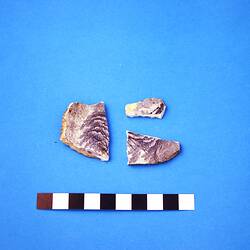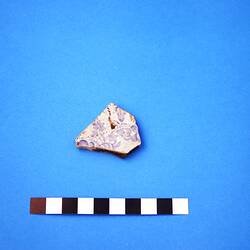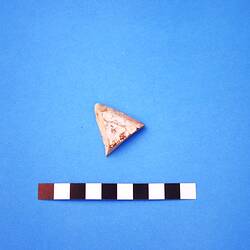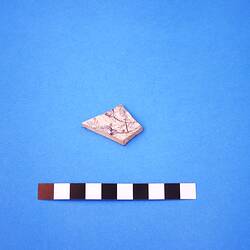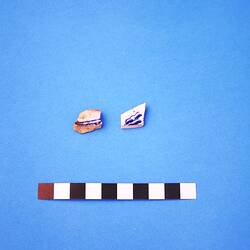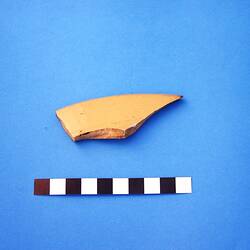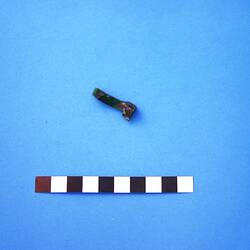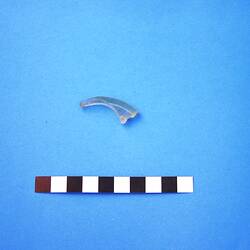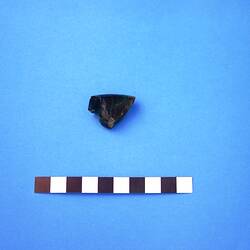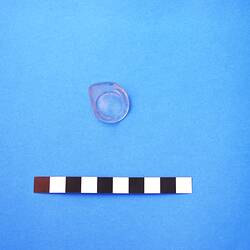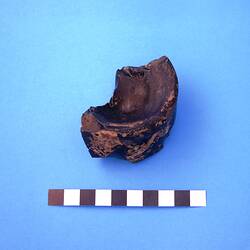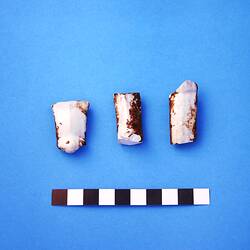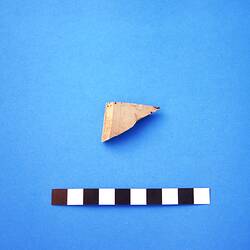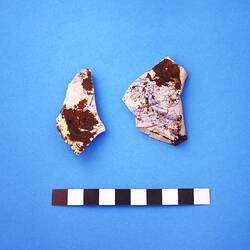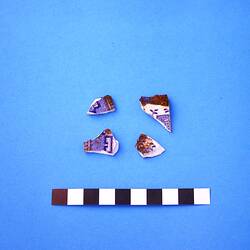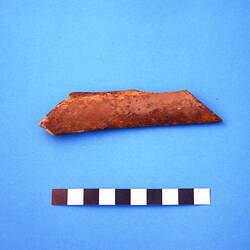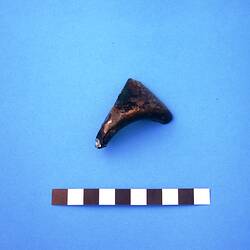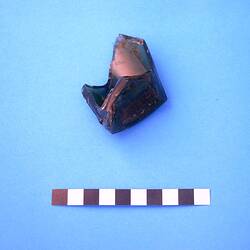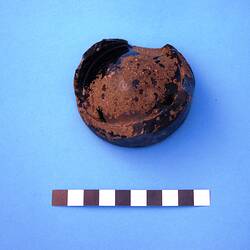World Heritage, World Futures was a three phase sustainable conservation project undertaken by Museum Victoria between 2009 and 2011. The project's aim was to reinstate the 1880 garden layout of the western forecourt of the Royal Exhibition Building, in accordance with the Heritage Victoria Conservation Management Plan. The project began with an archaeological investigation in late 2009, the installation of an underground water tank in mid 2010, and the restoration of the garden in late 2010. The project was completed by February 2011.
The Royal Exhibition Building and surrounding Carlton Gardens were world heritage listed in 2004 as extant survivors of a Palace of Industry and its setting. The western forecourt, which has been an asphalt car park since the 1950s, was an integral part of the 'palace garden' designed by Joseph Reed and William Sangster for the Melbourne International Exhibition, 1880-1881. The western forecourt featured an annular carriageway around a circular garden, in the centre of which was a raised platform, possibly for a kiosk. The garden formed part of the exhibition space allocated to Germany at the Melbourne International Exhibition, and is consequently known as the 'German Garden'.
The archaeological investigation was undertaken by Godden Mackay Logan and La Trobe University and provided significant findings that informed the design of the new garden. Evidence was found of changes to the site over time, including serpentine paths from the pre-1879 layout; a platform in the centre of the gardem, possible for a kiosk, from the 1880 circular garden; the temporary armament court from the 1888 Melbourne Centennial International Exhibition; and a plinth and other features from the garden post-1889. An array of artefacts were recovered from the excavation and delivered to Museum Victoria for analysis.
The second phase of World Heritage, World Futures involved the installation of an underground water storage tank with a capacity of 1,350,000 litres. Consistent with modern sustainability management practices, water is harvested from the roof of the Royal Exhibition Building and surrounding areas and used as a source for the heritage fountains, lakes and irrigation of the Carlton Gardens. The final phase of the project saw the western forecourt restored to its grand palace garden layout, based on the design of the 1880 garden by Reed and Sangster.
More Information
-
Keywords
-
Localities
-
Authors
-
Article types
